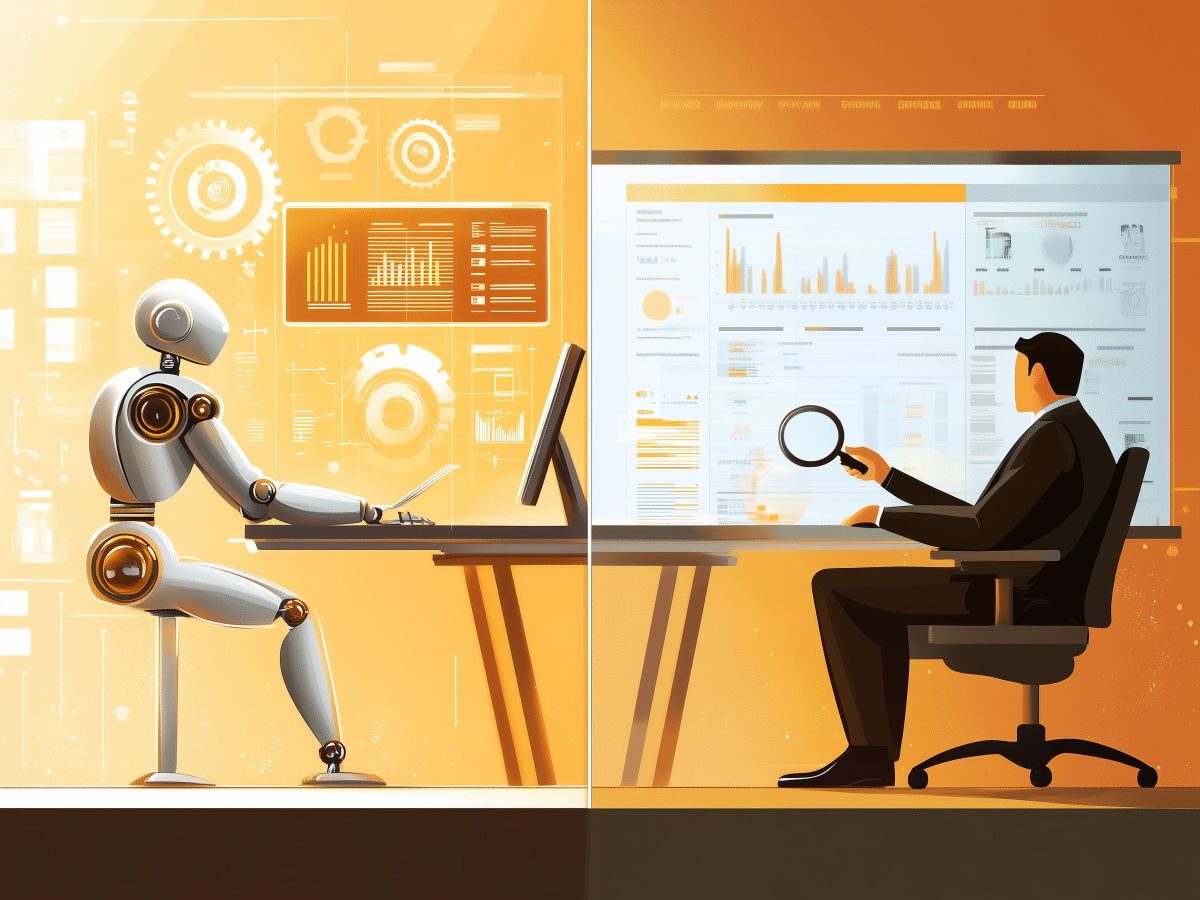Marketers are increasingly prioritizing automation
AI is changing how businesses operate, and marketing is no exception. The potential is enormous, but right now, many companies are still using AI in a fragmented way. AI is being applied in narrow areas like data analysis, market research, copywriting, and image generation. Each of these functions is beneficial on its own, but they don’t provide the full picture. When you focus only on one part of the operation, you’re missing out on opportunities to integrate AI into the entire marketing process.
This piecemeal approach isn’t sustainable in the long run. As businesses look to increase efficiency and scale, they’ll need to find ways to apply AI across the whole marketing ecosystem, not just individual tasks. Right now, marketers are adopting AI in small tactical steps, using it to analyze data, research markets, or write content, but the real change will come when AI is embedded across all aspects of a business.
According to Mediaocean’s research from November 2024, nearly 700 marketing and advertising professionals were surveyed about AI’s role. The numbers show how AI is being used mainly in specific tasks: 47% for data analysis, 38% for market research, 32% for copywriting, and 22% for image generation. These figures suggest that AI is still being used in isolated silos.
“For AI to unlock its full potential, marketers will have to rethink their strategies and apply it to the bigger picture.”
The disconnect between creative and media integration teams
In marketing, creative refers to the design, messaging, and content, while media is how and where that content is delivered, whether it’s social media, TV, or websites. The problem is that creative and media teams often operate in silos. Creative teams are focused on crafting the perfect ad, and media teams are focused on placing that ad on the right platform. But when these two groups aren’t synchronized, the result is often a missed opportunity for greater impact.
Brian Wieser, CEO of Madison and Wall, points out the disconnect between these two sides. He makes a great point: marketers understand that better creative drives better media performance. Yet, they continue to approach these areas separately, working in short-term bursts rather than integrating them for long-term, larger-scale success. The key here is alignment, if creative and media work together from the start, the result will be far more effective.
Mediaocean’s survey found that just 14% of advertisers felt their creative and media efforts were fully integrated. That’s a staggering number. With this lack of synchronization, marketers are leaving performance on the table. If creative and media work together, the outcome will be better campaigns, higher engagement, and more meaningful results.
Marketers are preparing for a cookieless future
The shift toward a cookieless future isn’t some distant worry, it’s a reality that’s coming fast. Major browsers like Google Chrome are phasing out third-party cookies in response to growing privacy concerns. This means the traditional method of tracking users and gathering data will be gone. For marketers, this is a challenge, but it’s also an opportunity to innovate.
Instead of relying on cookies to track user behavior, marketers are beginning to adopt multi-ID measurement strategies. Multi-ID is a system that tracks users across devices using alternative identifiers like email addresses or device IDs. This allows businesses to gather useful data without compromising user privacy, giving more accurate insights into campaign performance across various platforms. The transition away from cookies will force marketers to rethink how they measure success, and that’s not a bad thing. It’s an opportunity to develop new methods and strengthen privacy.
The Mediaocean survey shows that while concerns over a cookieless future have lessened slightly, it remains a key priority for marketers. In 2023, 39% of respondents expressed concern about the cookieless future, but by 2024, that number had dropped to 31%. Even so, the push to improve measurement strategies continues. As Google introduces consumer opt-out mechanisms, measuring campaign effectiveness will become even more urgent. Marketers are already laying the groundwork by adopting multi-ID measurement to navigate this new landscape.
Digital media is the dominant focus for ad spending
When you look at where ad dollars are flowing, it’s clear: digital media is where the action is. Social media, digital display ads, and connected TV (CTV) are dominating ad budgets. The numbers don’t lie. Social media offers a level of targeting and engagement that traditional media simply can’t match. You can target audiences based on interests, behaviors, and demographics, something that television or print ads can’t do with the same precision.
Digital display ads, including video ads, are also growing quickly. These ads allow marketers to reach audiences across a range of devices, from desktops to smartphones to smart TVs. And CTV is becoming a major player as more viewers cut the cord and turn to streaming services like Netflix, Hulu, and others. This shift toward digital isn’t just a trend, it’s a seismic shift in how people consume media, and marketers are investing accordingly.
According to Mediaocean’s survey, 68% of respondents plan to increase their social media spend, 67% are boosting their digital display and video ad budgets, and 55% are increasing their investment in CTV. These numbers are a clear indicator that digital media continues to be the most dynamic area of advertising. If you’re not putting your budget where the audience is, you’re missing out on a massive opportunity. The digital world is where marketing is heading, and the future looks even more connected and data-driven.
Key takeaways for decision-makers:
- AI adoption in marketing needs a holistic approach: Marketers are investing heavily in AI, but often in a fragmented manner (e.g., data analysis, market research, content creation). Leaders should prioritize integrating AI across the entire marketing ecosystem to maximize its impact and drive long-term efficiencies.
- Creative and media integration is key for improved performance: Only 14% of marketers report full synchronization between creative and media efforts. To improve campaign effectiveness, decision-makers should focus on aligning creative and media teams, ensuring they work together seamlessly from the start.
- Prepare for the cookieless future: With browsers phasing out third-party cookies, marketers must adopt new measurement methods like multi-ID tracking to maintain accurate campaign performance data. Leaders should act now to build robust data strategies to navigate this shift and safeguard measurement capabilities.
- Digital media is the core of future ad spending: Social media, digital display/video, and connected TV (CTV) remain the fastest-growing channels for ad spending. To stay competitive, marketers should prioritize investments in these digital platforms as they dominate the advertising landscape.





